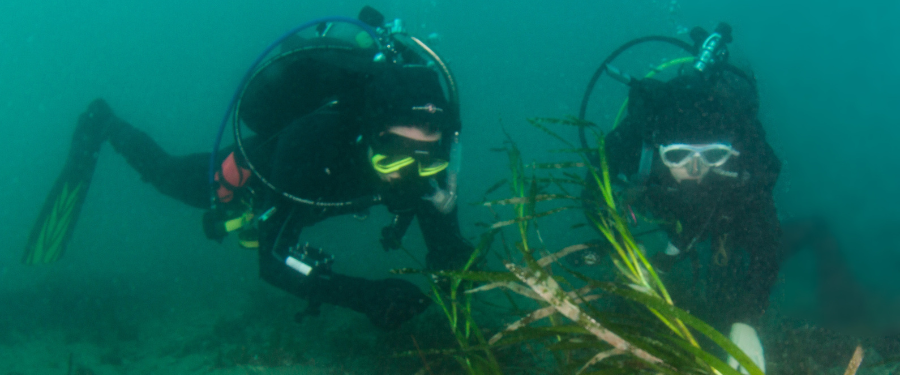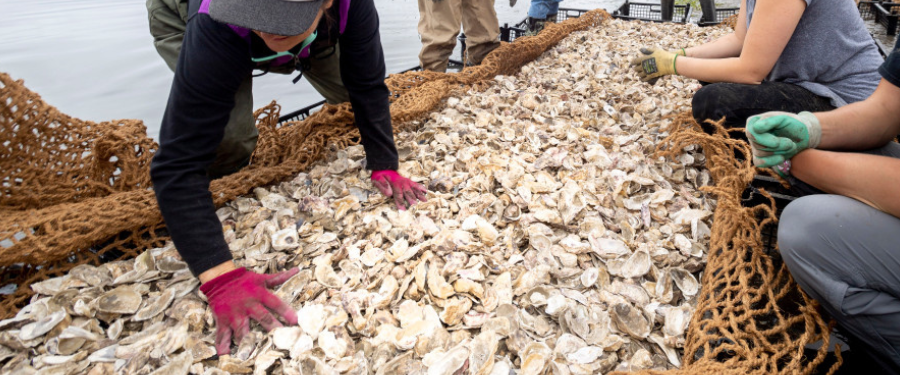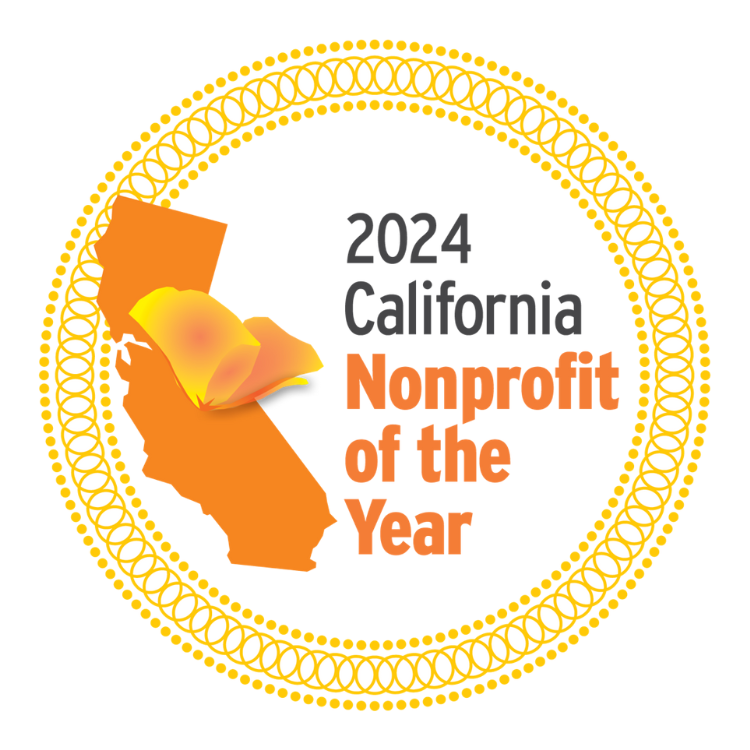
Welcome back to another installation of Coastkeeper Chronicles, our monthly commemoration of a historic Orange County Coastkeeper victory to celebrate our 25th anniversary! In case you missed it, you can read last month’s story about protecting Crystal Cove from runoff pollution here.
Today, we invite you to revisit one of our most successful restoration projects to date: bringing Living Shorelines to Upper Newport Bay by transplanting common eelgrass (Zostera marina) and Olympia oysters (Ostrea lurida).
Together, native oysters and eelgrass can improve water quality, stabilize eroding shores, and provide a habitat that encourages biodiversity.

So, what are Living Shorelines? These projects use the strategic placement of natural materials, such as vegetation and shellfish, to create an environmentally friendly buffer that protects coastlines from erosion and wave energy.
Tidal shorelines face erosion from natural forces like wind and waves, which can be intensified by rising seas and recreational activities such as high-speed boating. Living Shoreline projects are green infrastructure alternatives to traditional gray infrastructure solutions like bulkheads and revetments. These conventional methods offer short-term protection but can harm shallow tidal zones and lack habitat value.
As climate change continues to threaten our coast, innovative ideas like Living Shorelines projects that can help stabilize sediment, reduce flooding threats, and provide other ecosystem services are critically important.

After years of research, permitting, and fundraising, we began our Living Shorelines project in Upper Newport Bay in the summer of 2016. In partnership with marine biologists from Cal State Fullerton and Long Beach, we transplanted native eelgrass in June 2016 and oyster shells in May 2017.
In May 2018, one year after oyster restoration and two years after eelgrass restoration, our data showed increases in…
- Native oyster recruitment compared to control sites
- Use of both oyster and eelgrass habitats by fish and invertebrates
- Total amount of eelgrass
Since the project concluded in 2019, we’ve continued to monitor the restored eelgrass sites and oyster beds. The oysters are maintaining a natural wave buffer, and the eelgrass beds are thriving and expanding far beyond our original plot sites.
Click the video below to dive deeper into the Newport Bay Living Shorelines project!
Thank you for joining me in this month’s Coastkeeper Chronicles story! I look forward to continuing our year-long 25th anniversary celebration with you all.
Sincerely,
Garry Brown
Founder & President





